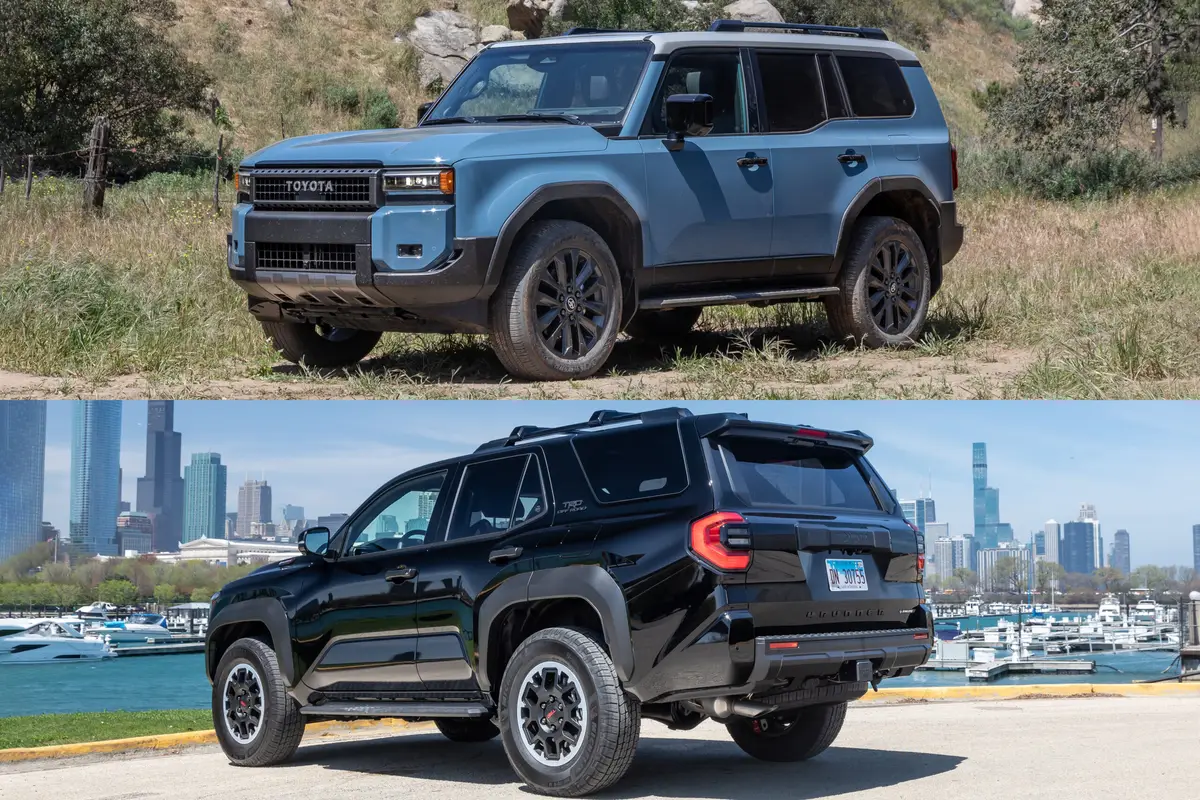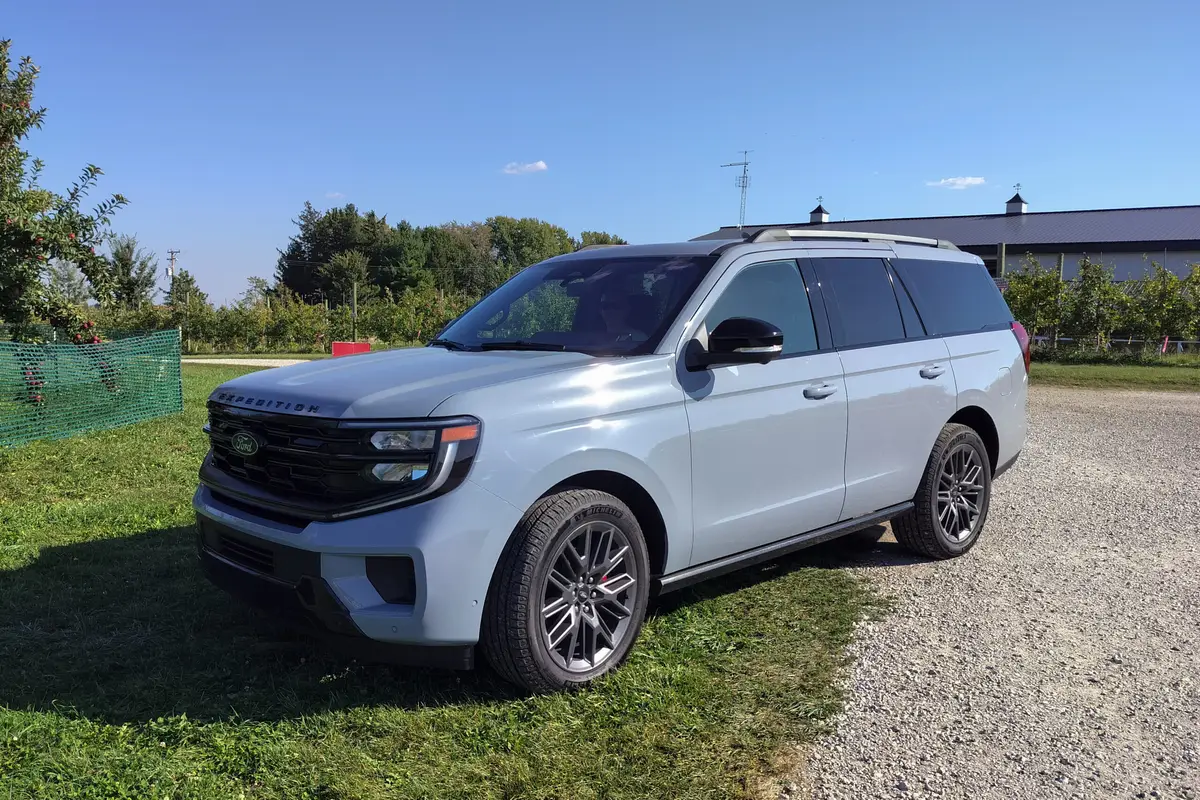What Does It Mean to Lease a Car?


To lease a car means you — the “lessee” — pay a fee to the actual owner of the car — the “lessor,” usually a bank, leasing company or dealership — for the right to use the car for a predetermined period of time.
Related: First-Time Buyers: How Much Should I Spend on My Car?
There are many reasons to lease a car. One of the most common is simply a desire to consistently drive the latest and greatest automotive manufacturers have to offer. With a lease, you get a new car, keep it for the length of the lease and then, when the lease is over, you’re able to return it and lease a new car. That gives lessees access to relatively up-to-date safety and multimedia technologies.
Lease payments for a car may also be lower than the loan payments to purchase it. We advise never to lease a car for longer than its bumper-to-bumper warranty; this ensures most needed repairs are covered under warranty and keeps more money in your pocket. Of course, at the end of a lease, unless you decide to purchase the car, you don’t own anything after months or years of payments.
There’s a lot more to it than just this brief overview, but we’ve got you covered. Follow the links below to learn, well, just about everything you might need to know about leasing a car:
Buying a Car: Cash, Lease or Loan?
First-Time Buyers: Should I Lease My Car?
Should You Buy or Lease Your Next New Car?
What Should I Know About Leasing a New Car?
Benefits of Leasing Your New Car
How Much Does It Cost to Lease a Car?
Can You Lease a Car With Bad Credit?
Is Now the Time to Buy Out Your Car Lease?
Related Video:
More From Cars.com:
- How Many Years is 72 Months? (For Most Car Shoppers, Too Many)
- What to Know Before Purchasing an Electric Vehicle: A Buying Guide
- What Is Gap Insurance?
- How Does Turo Work?
- Pickup Truck Buying Guide: How Much Truck Do You Need?
Cars.com’s Editorial department is your source for automotive news and reviews. In line with Cars.com’s long-standing ethics policy, editors and reviewers don’t accept gifts or free trips from automakers. The Editorial department is independent of Cars.com’s advertising, sales and sponsored content departments.

Road Test Editor Brian Normile joined the automotive industry and Cars.com in 2013, and he became part of the Editorial staff in 2014. Brian spent his childhood devouring every car magazine he got his hands on — not literally, eventually — and now reviews and tests vehicles to help consumers make informed choices. Someday, Brian hopes to learn what to do with his hands when he’s reviewing a car on camera. He would daily-drive an Alfa Romeo 4C if he could.
Featured stories



